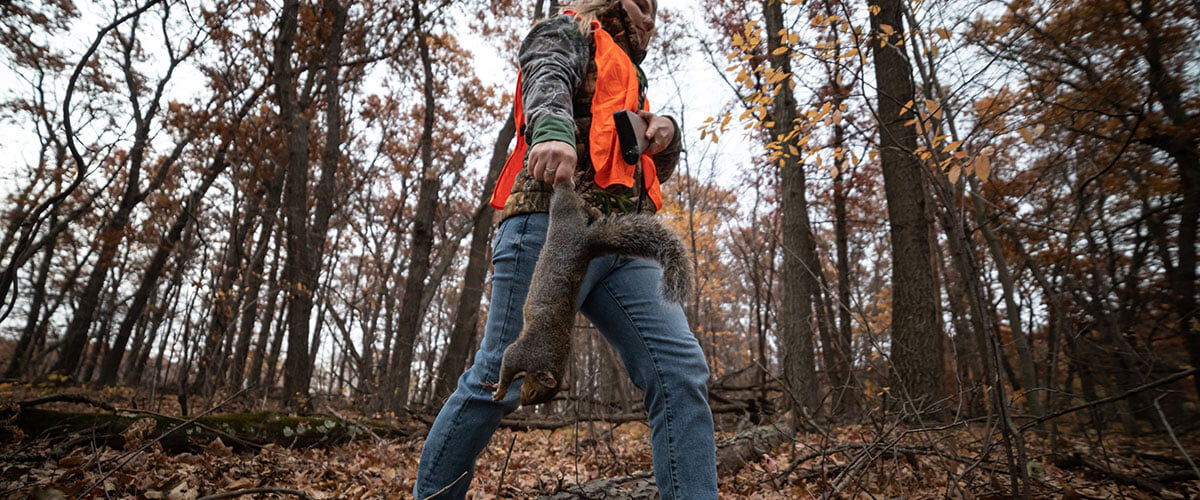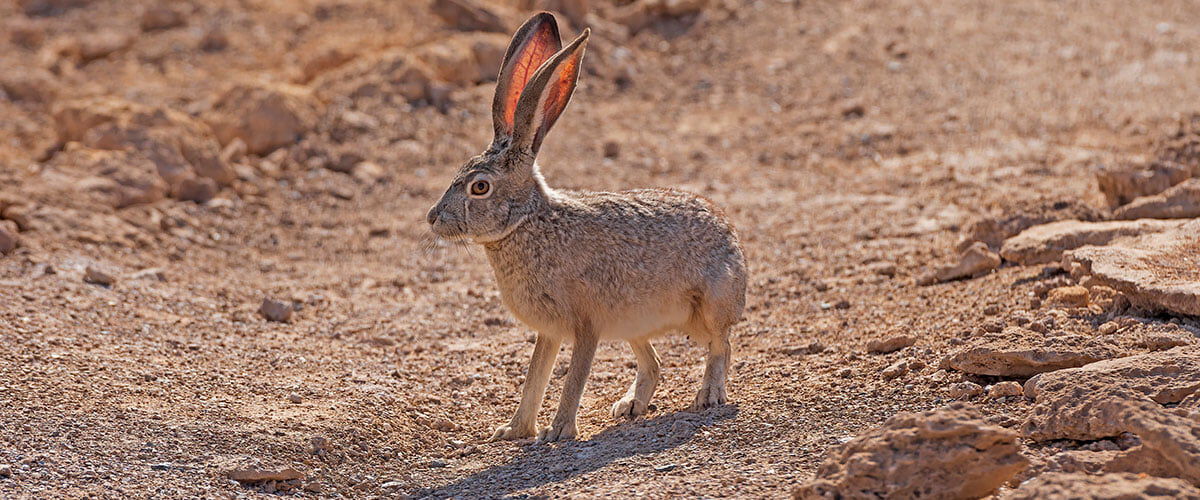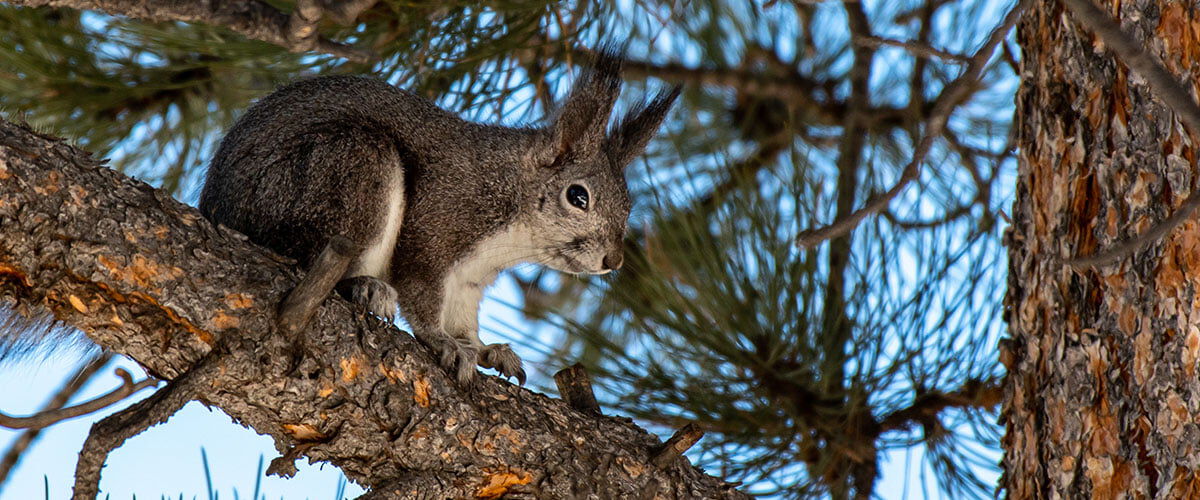
Small-game hunting appeals to so many folks because it’s accessible. No matter your location, you can typically find abundant opportunities to pop some .22 ammo. But like deer and turkey hunters, small-game aficionados also enjoy road trips—excursions that let them see new country and pursue fresh adventures. If that sounds like fun, grab your favorite rimfire rifles and give these destinations a try.
Kentucky Squirrel Hunting
The Bluegrass State might seem like heaven to bushytail plinkers. First, it has spring and fall squirrel seasons. With so much opportunity, hunters can chase squirrels after turkey season, before big-game seasons or during winter, when other types of hunting are closed.
Further, Kentucky has a six-squirrel daily bag limit. And best, the state has abundant public land with good squirrel habitat. Land Between the Lakes National Recreation Area in western Kentucky covers more than 171,000 acres, and much of it is covered with mast-producing hardwoods that squirrels love. Many other state and federal properties offer similar opportunities.
Snowshoe Hares Up North
Larger than cottontail rabbits, snowshoe hares inhabit many parts of the West, North and Northeast, including New England, New York, Michigan, Wisconsin, Minnesota, Montana, Idaho, the Pacific Northwest and other areas. Many hunters pursue snowshoes during winter, after the hares’ coats have turned from their rusty-brown summer color to white.
Quiet-22 Segmented HP
Bring home more small game with a 22 LR that generates 75 percent less noise and features a bullet that splits in three segments on impact.
Buy Now
Snowshoe hare habitat varies a bit throughout their range. They primarily inhabit areas with ground thick cover, such as conifer stands, wetland edges and second-growth forests, including patches of spruce, willow, birch, sumac and alder. They’re most active at twilight and night, but they hide in shallow depressions concealed by low-lying cover during the day. Unlike cottontails, they do not use underground burrows to hide. Their No. 1 defense is to remain still and wait for danger to pass, making them ideal rimfire targets.
Hunters often slip into areas of good cover and slowly attempt to spot and stalk hares, looking for fresh tracks in the snow that reveal travel areas. It’s wise to stop near likely areas and search for hares hiding in thick cover. Look for their large black eyes or black-rimmed ears, as those will usually be the most visible. Sometimes, it pays to bend down or look at various angles, as hares can be difficult to spot when well hidden.
Western Jackrabbits
Black-tailed jackrabbits (they’re actually hares) abound throughout much of the western United States. In many states, they can be hunted year-round, and there are no bag limits. Further, huge chunks of public land in many areas offer great opportunity.

Many people hunt jackrabbits by jump-shooting them with shotguns. Rimfire shooters do best by staking out valleys or flat areas during mornings and evenings, glassing for jackrabbits and then plinking them. Obviously, this often involves longer shots than you’ll experience when hunting squirrels or hares, so you’ll want to prepare at the range accordingly. Likely areas include hillsides, narrow washouts, valleys with lots of scrub brush or plains with areas of chapparal (scrubland plant communities). You can also stalk jackrabbits, but you’ll need to go slowly and be very observant, as jackrabbits will sprint for safety when they sense danger.
One more tip: Learn to prepare jackrabbits for the table, because successful hunts will produce lots of meat. Jackrabbits commonly weigh 3 to 6 pounds.
Abert’s Squirrels in the Southwest
This tassel-eared squirrel inhabits areas of Arizona, Colorado and New Mexico and is closely associated with mature ponderosa pine forests. They vary in color throughout their range, and nine subspecies have been recognized.

Pursuing Abert’s squirrels with rimfires is very similar to chasing gray and fox squirrels east of the Mississippi River. Hunters typically remain still and watch for squirrels to reveal themselves by moving in trees or scurrying from the ground to trees after collecting food. Then, they try to position themselves for a shot. Or, some folks will still-hunt through the woods, carefully watching trees ahead for active squirrels. Shots can be tricky, especially in areas with thicker cover. Try to find a rest on a tree when leveling your sights on a squirrel.
Western squirrel hunters have loads of public land to explore. Further, seasons are long, and hunting competition will likely be relatively light. And much like their eastern cousins, Abert’s squirrels make great table fare.